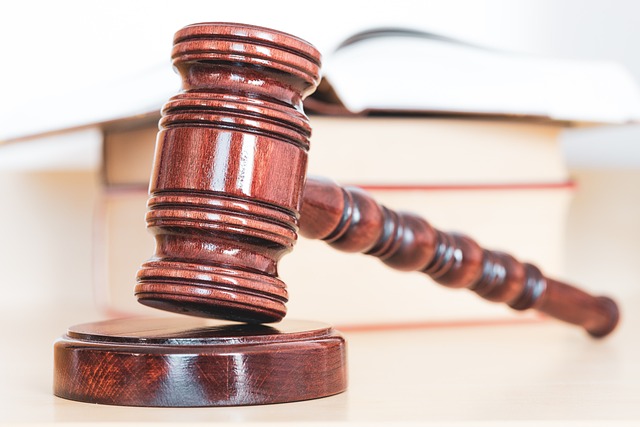Title: Legal Implications of Algorithmic Decision-Making in Courts
Introduction: In an era of rapid technological advancement, the intersection of artificial intelligence and the judicial system raises profound legal questions. As courts increasingly explore the use of algorithmic decision-making tools, concerns about due process, transparency, and fairness come to the forefront. This article delves into the complex legal landscape surrounding AI-assisted judicial decisions and their potential impact on the administration of justice.

Constitutional Challenges and Due Process
The use of algorithmic decision-making tools in courts presents novel constitutional challenges, particularly concerning due process rights. The Fifth and Fourteenth Amendments guarantee individuals the right to fair and impartial proceedings. Critics argue that AI-assisted decisions may infringe upon these rights if defendants are unable to meaningfully challenge or understand the reasoning behind algorithmic recommendations. Courts must grapple with how to balance the potential benefits of AI with the fundamental principles of due process and transparency.
Algorithmic Bias and Equal Protection
One of the most pressing concerns surrounding AI in the courtroom is the potential for algorithmic bias. Machine learning algorithms are trained on historical data, which may reflect and perpetuate existing societal biases. This raises serious equal protection concerns, as protected classes may face disproportionate impacts from AI-driven decisions. Legal scholars and practitioners are actively debating how to detect, mitigate, and address algorithmic bias to ensure that AI-assisted judicial processes do not violate constitutional guarantees of equal treatment under the law.
Transparency and the Right to Explanation
The opacity of many AI algorithms poses significant challenges to the principles of transparency and accountability in the judicial system. Defendants and their attorneys often lack access to the underlying code or data used to make decisions, making it difficult to challenge or appeal AI-assisted rulings. This lack of transparency has led to calls for a legal right to explanation, whereby individuals subject to algorithmic decisions would be entitled to a clear and comprehensible explanation of how the decision was reached. Implementing such a right, however, presents technical and legal hurdles that courts and legislators must address.
Admissibility and Evidentiary Standards
The use of AI-generated evidence and recommendations in court proceedings raises novel questions about admissibility and evidentiary standards. Courts must determine how to apply traditional rules of evidence, such as hearsay and expert testimony, to machine learning outputs. Additionally, judges and attorneys need to develop new competencies to effectively evaluate the reliability and validity of AI-generated evidence. As the technology evolves, legal frameworks governing the admissibility of AI in courtrooms will need to adapt to ensure fair and accurate proceedings.
Judicial Discretion and the Role of Human Judgment
As AI tools become more sophisticated, there is ongoing debate about the appropriate balance between algorithmic recommendations and judicial discretion. While AI can process vast amounts of data and identify patterns, human judges bring contextual understanding, empathy, and nuanced reasoning to decision-making. Legal experts are grappling with how to preserve the essential role of human judgment in the judicial process while leveraging the potential benefits of AI assistance. This balance is crucial to maintaining public trust in the legal system and ensuring that justice remains a fundamentally human endeavor.
Liability and Accountability
The introduction of AI into judicial decision-making raises complex questions of liability and accountability. If an AI-assisted decision results in a miscarriage of justice, who bears responsibility? The software developer, the court system, or the judge who relied on the algorithm? Establishing clear lines of accountability is essential to maintaining the integrity of the legal system and providing recourse for individuals affected by erroneous or biased AI-driven decisions. Legal frameworks must evolve to address these novel liability issues as AI becomes more prevalent in courtrooms.
International Perspectives and Harmonization
The adoption of AI in judicial systems is a global phenomenon, with different countries taking varied approaches to regulation and implementation. As courts increasingly rely on AI tools, there is a growing need for international cooperation and harmonization of legal standards. Comparative legal analysis and cross-border dialogues are essential to developing best practices and addressing the transnational implications of AI in the judiciary. Legal scholars and policymakers must work towards creating a coherent international framework that balances innovation with fundamental principles of justice and human rights.





